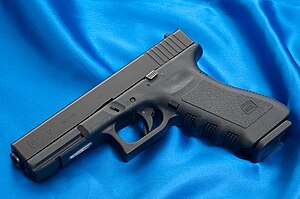On the shelves and tables...two Zeiss stereomicroscopes
Carl Zeiss AG is a German manufacturer of optical systems, industrial measurements and medical devices, founded in Jena, Germany in 1846 by optician Carl Zeiss. Together with Ernst Abbe (joined 1866) and Otto Schott (joined 1884) they built a base for modern optics and manufacturing. There are currently two parts of the company, Carl Zeiss AG located in Oberkochen with important subsidiaries in Aalen, Göttingen and Munich, and Carl Zeiss GmbH located in Jena.a polarized flourescent microscope
Carl Zeiss is the premier company of the Zeiss Gruppe, one of the two large divisions of the Carl-Zeiss-Stiftung. The Zeiss Gruppe is located in Heidenheim and Jena.
The other division of the Carl Zeiss Foundation, the glass manufacturer Schott AG and Jenaer Glaswerk, is located in Mainz and Jena.
Carl Zeiss is one of the oldest existing optics manufacturers in the world.
A fluorescence microscope is an optical microscope that uses fluorescence and phosphorescence instead of, or in addition to, reflection and absorption to study properties of organic or inorganic substances.[1][2] The "fluorescence microscope" refers to any microscope that uses fluorescence to generate an image, whether it is a more simple set up like an epifluorescence microscope, or a more complicated design such as a confocal microscope, which uses optical sectioning to get better resolution of the fluorescent image.and a handheld XRF (X-ray flourescence) device
All fluorescence microscopy methods share the same principle. A sample is illuminated with light of a wavelength which excites fluorescence in the sample. The fluoresced light, which is usually at a longer wavelength than the illumination, is then imaged through a microscope objective. Two filters are normally used in this technique; an illumination (or excitation) filter which ensures the illumination is near monochromatic and at the correct wavelength, and a second emission (or barrier) filter which ensures none of the excitation light source reaches the detector. These functions may both be accomplished by a single dichroic filter. Fluorescence microscopy takes a fundamentally different approach to generating a light microscope image compared to transmitted or reflected white light techniques such as phase contrast and differential interference contrast microscopy. These two contrasting optical microscopy methods give very different but complementary data.
X-ray fluorescence (XRF) is the emission of characteristic "secondary" (or fluorescent) X-rays from a material that has been excited by bombarding with high-energy X-rays or gamma rays. The phenomenon is widely used for elemental analysis and chemical analysis, particularly in the investigation of metals, glass, ceramics and building materials, and for research in geochemistry, forensic science and archaeology.On the table's Formica surface rested pieces of Bondaruk's collection
Formica is a brand of composite materials manufactured by the Formica Corporation now based in Newcastle, Tyne & Wear, a division of the New Zealand company Fletcher Building. In common use, the term refers to the company's classic product, a heat-resistant, wipe-clean, plastic laminate of paper or fabric with melamine resin.















